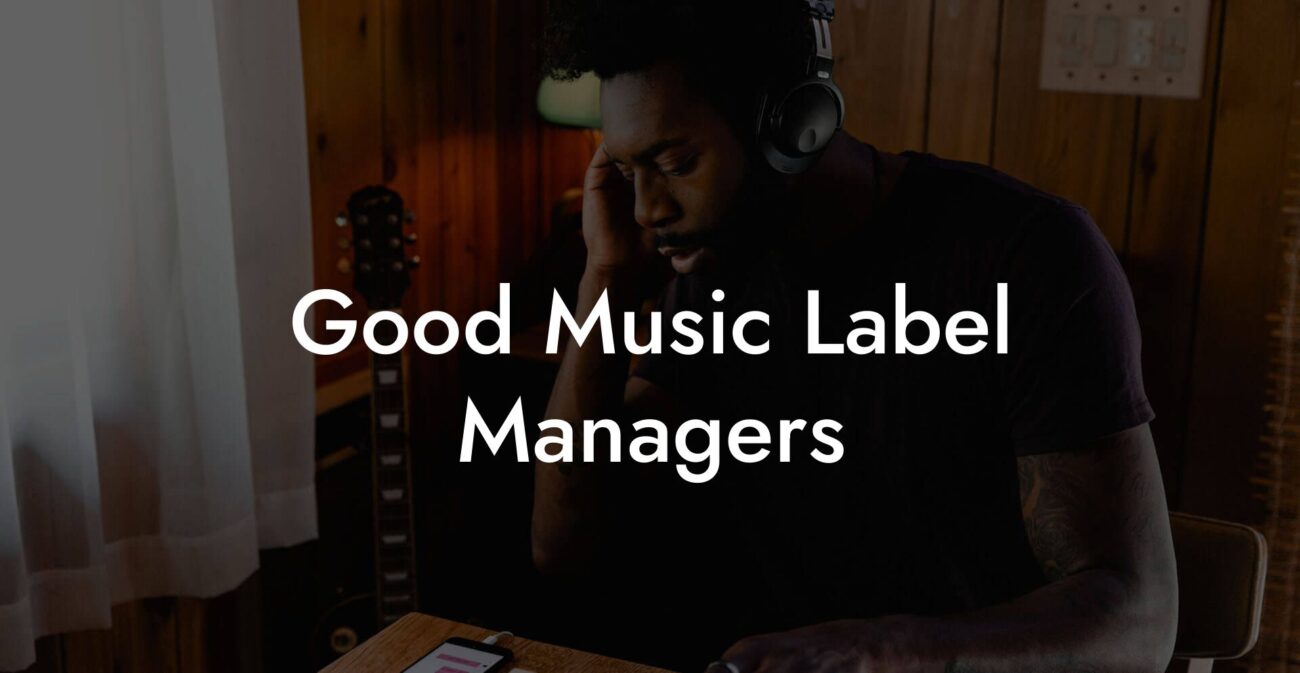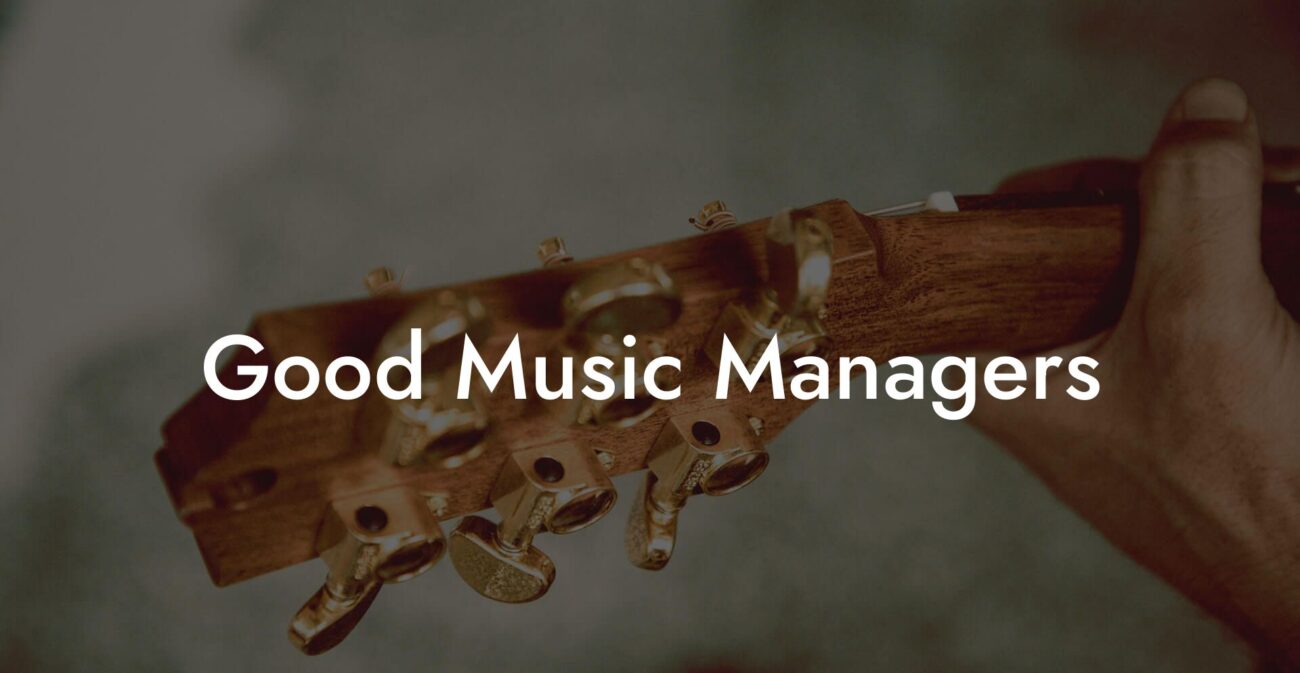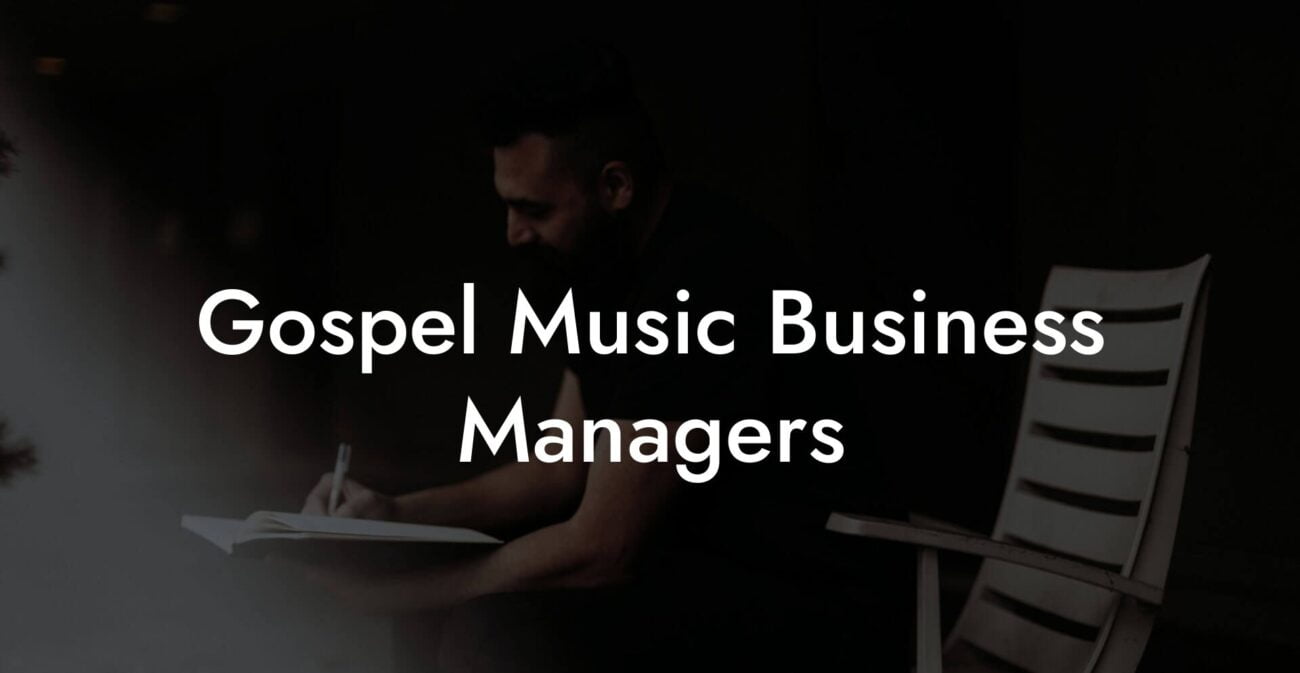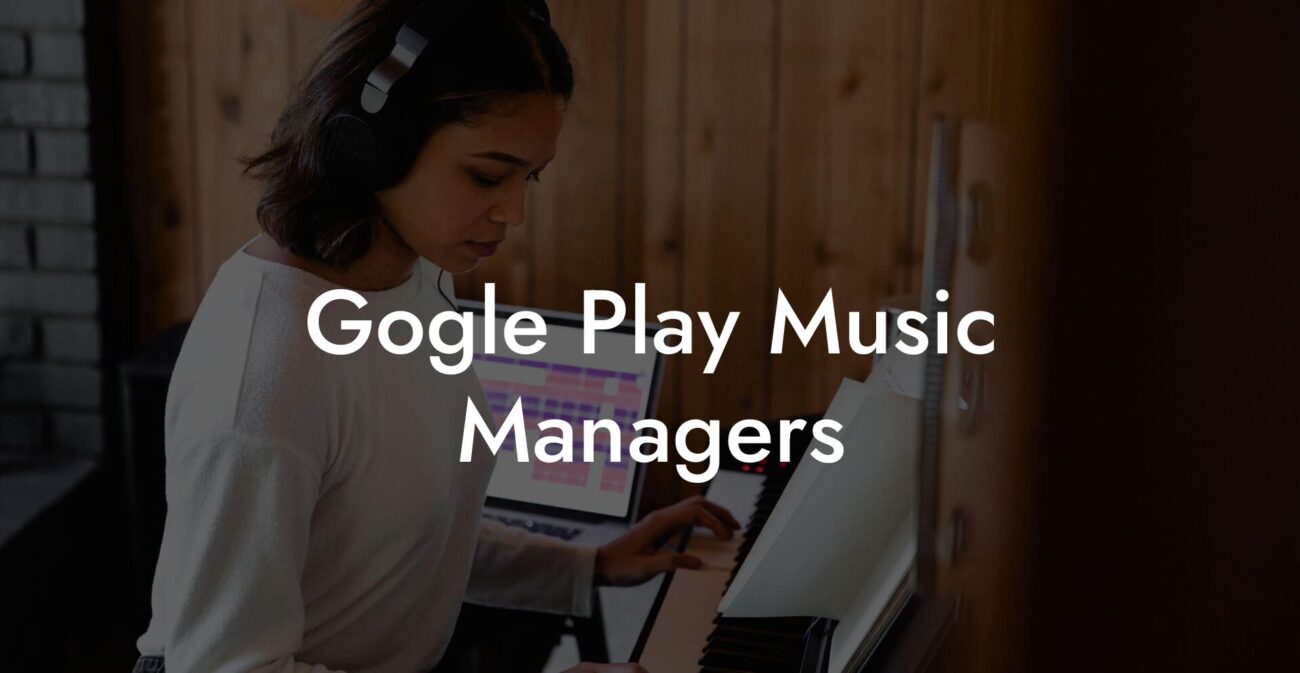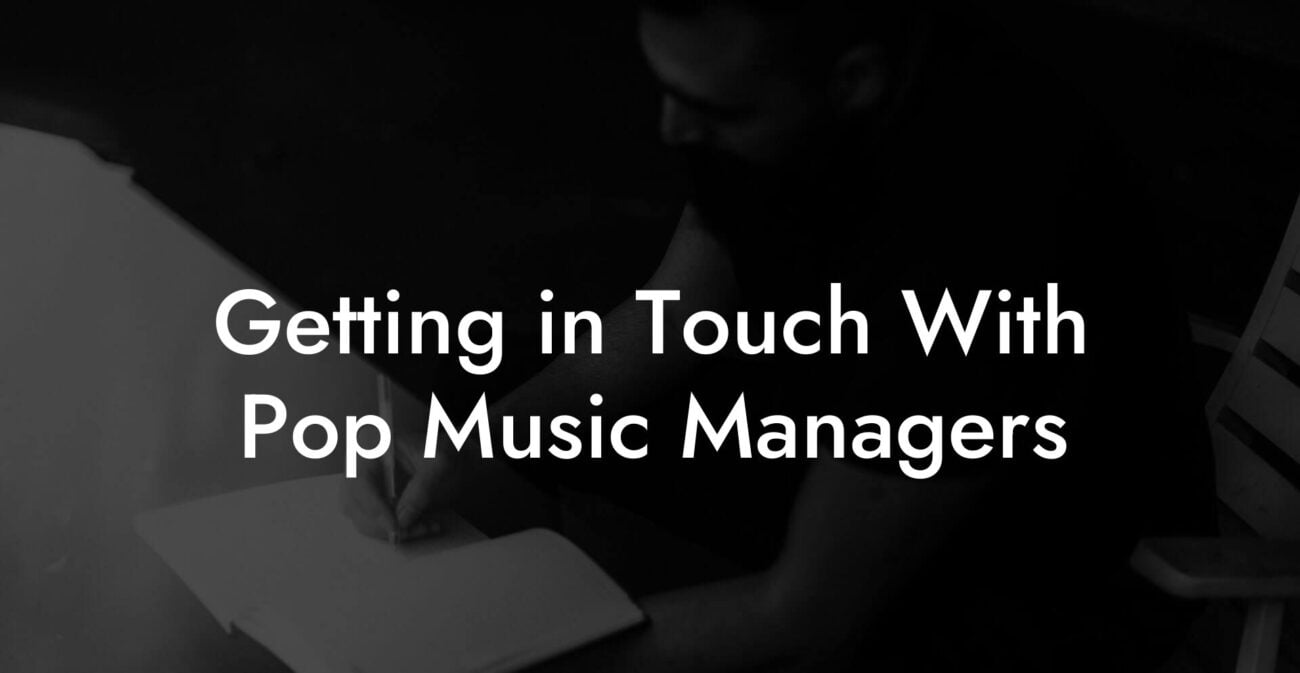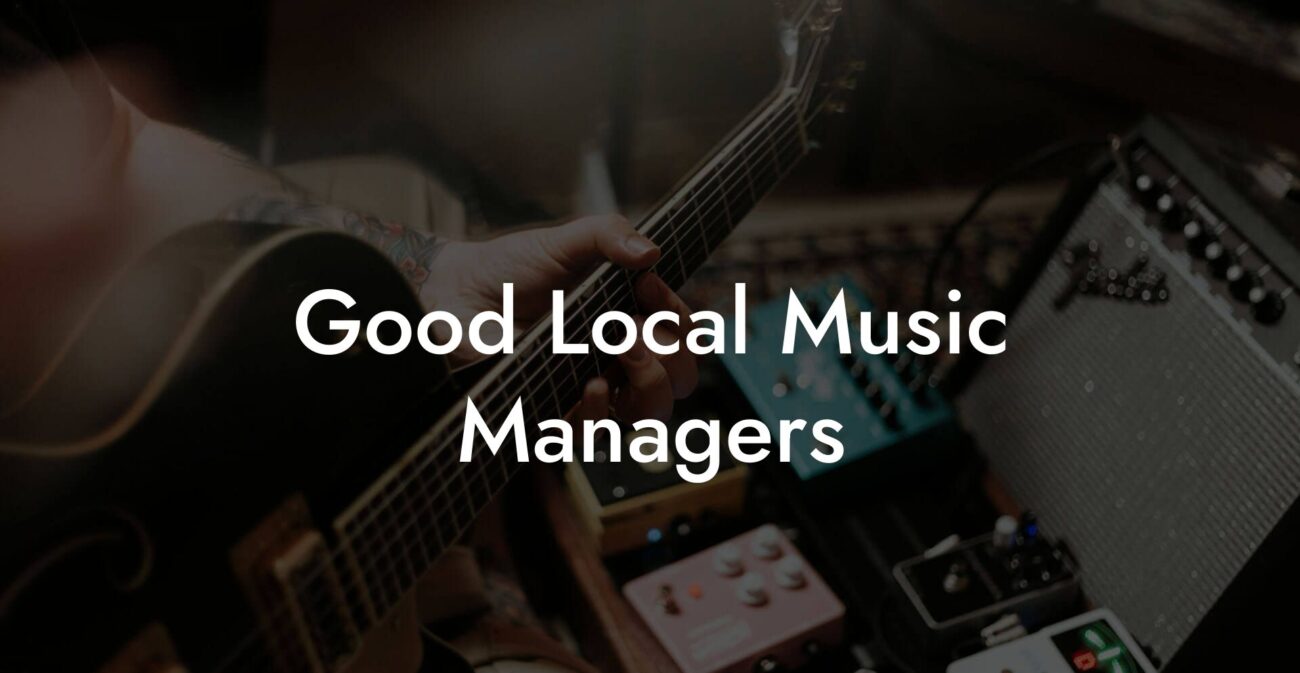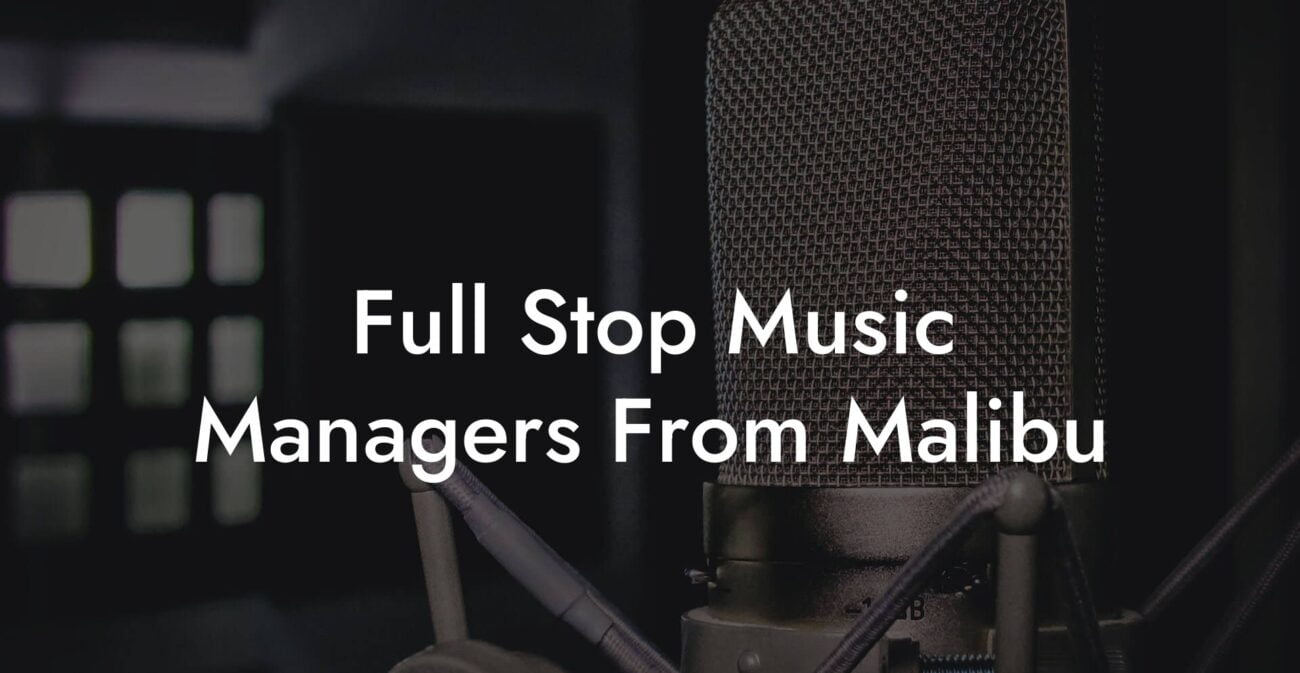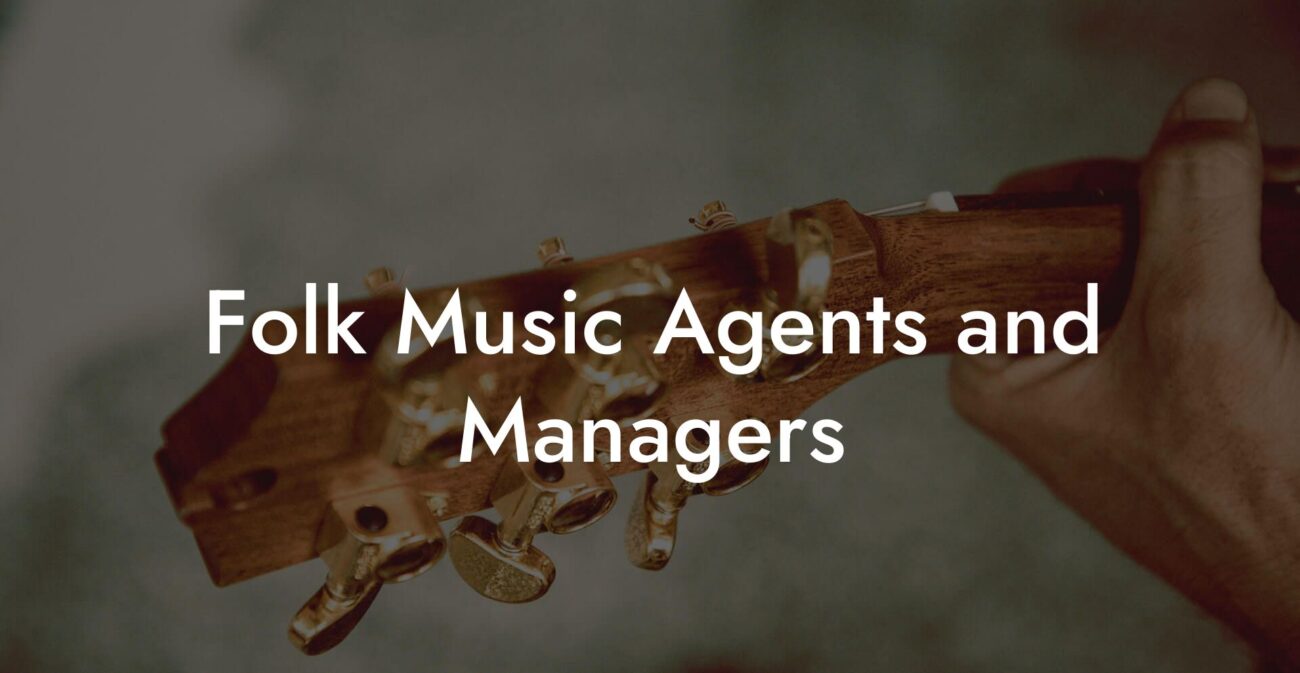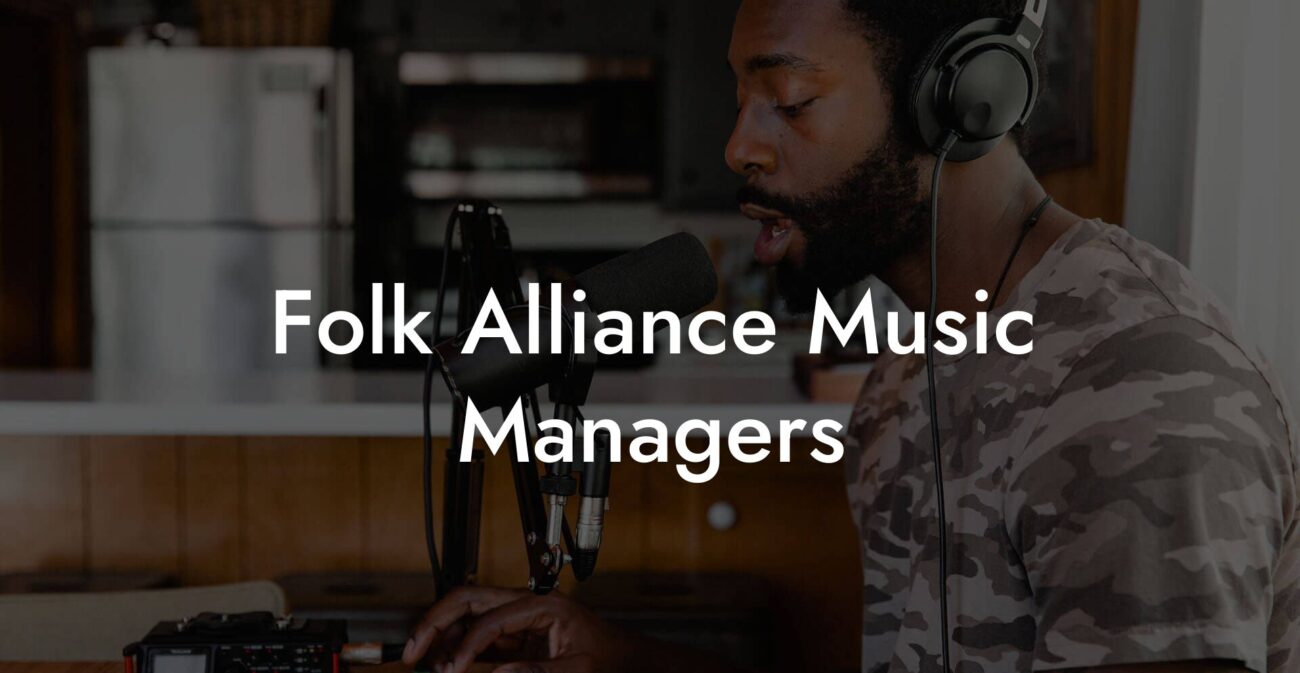Songwriting Advice
How To Write A Song For Someone You Love
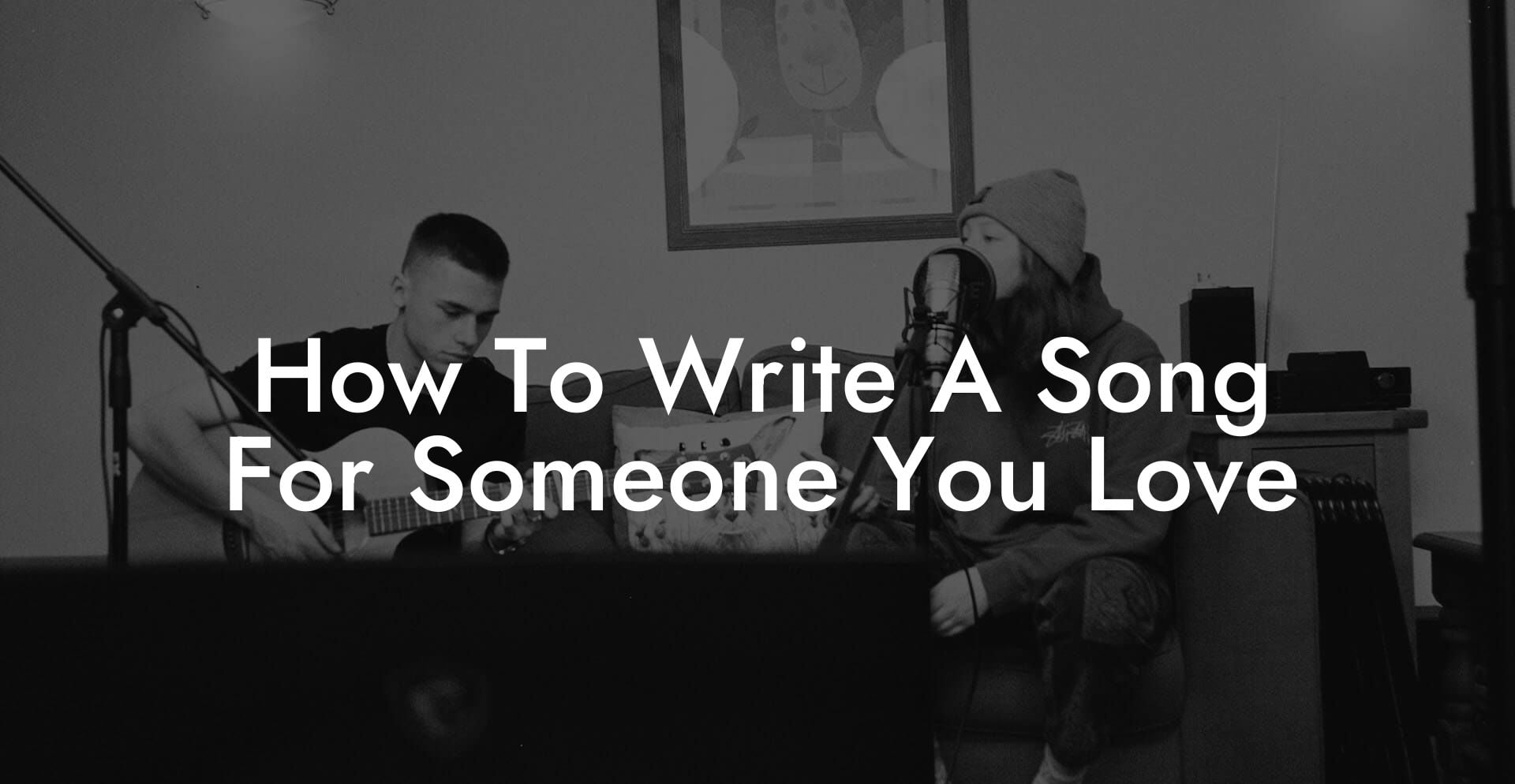
You want to make someone feel seen, ridiculous, and maybe cry in public while still looking cool. You also want the song to sound like you and not like a cringey Hallmark meme. This guide gets you there. It shows how to take the messy, glorious feelings you have and turn them into a song someone will keep on their phone for years. We cover writing, melody craft, simple chords, demoing, legal stuff, and how to present the song as a gift that lands like a comet and not a pancake.
Quick Interruption: Ever wondered how huge artists end up fighting for their own songs? The answer is in the fine print. Learn the lines that protect you. Own your masters. Keep royalties. Keep playing shows without moving back in with Mom. Find out more →
Quick Interruption: Ever wondered how huge artists end up fighting for their own songs? The answer is in the fine print. Learn the lines that protect you. Own your masters. Keep royalties. Keep playing shows without moving back in with Mom. Find out more →
Quick Links to Useful Sections
- Why Writing A Song Beats Flowers Every Time
- First Step: Decide What Kind of Love Song You Are Writing
- Write One Sentence That States The Emotional Promise
- Real Life Scenario: The Awkward Proposal Song
- How To Find The Hook
- Drill To Find The Hook
- Lyric Craft For Love Songs
- Show Not Tell
- Use Tiny Time And Place Crumbs
- Limit The Number Of Ideas Per Verse
- Rhyme And Language Choices
- Sample Verse And Chorus
- Melody And Prosody
- Simple Melody Tricks
- Chords And Harmony For Non Musicians
- Writing When You Cannot Play An Instrument
- Collaboration And Co Writing
- Publishing And Royalties Basics
- Record A Simple Demo That Actually Sounds Good
- How To Present The Song As A Gift
- How Specific Should You Be About Details
- Exercises To Write A Love Song Fast
- Object Swap Drill
- Text Reply Drill
- Memory Camera Drill
- Production Ideas For Emotional Impact
- When You Want To Hire Help
- Legal And Ownership Checklist For Gift Songs
- FAQ
Everything here is for musicians and for people who can hum a tune into their phone. We explain music terms and acronyms so nobody has to Google in panic. We include real life examples like surprise wedding serenades, break up apologies that actually work, and songs for long distance lovers who live in different time zones and cry over FaceTime. Expect practical steps, tiny drills you can do in twenty minutes, sample lyrics, and a full plan for recording and delivering the song.
Why Writing A Song Beats Flowers Every Time
Flowers die. So does every playlist that has the same three songs for date night. A song you write is a time capsule of your voice, your words, and your feeling. It is a physical thing if you hand over a USB or a playlist link. It can be performed live and it can be replayed during bad days. That makes a song a better emotional investment than dessert or matching keychains.
Also, songs are sticky. People replay the chorus when they do the dishes. They sing terrible renditions in the shower. Your voice becomes a memory anchor. If you get that chorus right, you have made a living thing that travels with the person you love.
First Step: Decide What Kind of Love Song You Are Writing
Love songs are not all created equal. Choosing the angle early saves you from spaghetti lyrics that try to be everything and end up saying nothing. Pick one of these moods and commit.
- Thank you song A gratitude track that lists things they did that changed you.
- Sorry song An apology track that admits specifics and offers a future action.
- Promise song A vow track about staying, changing, or trying harder.
- Celebration song A song for birthdays, anniversaries, or promotion parties.
- Long distance song A late night track about distance, time zones and the weird joy of missing someone.
- Friendship love song Platonic devotion that is equal parts ridiculous and wholesome.
Pick one mood. If you try to do gratitude plus apology plus celebration the song will feel scattered. One emotional promise means clearer lyrics and a hook that slaps.
Write One Sentence That States The Emotional Promise
Before melody or chords, write a single simple sentence that says what the song will do emotionally. This sentence is your north star. Say it like a text to a friend. No poetic gymnastics yet.
Examples
- I will always pick you up when your phone dies at the worst possible time.
- I am sorry I left the plant to die and I will water it with my tears if I have to.
- Even when you are far away, I see the same stupid moon and that is proof we are okay.
- You make my bad jokes land like gold and I am grateful and embarrassed at the same time.
Turn that sentence into a short title if you can. Short titles are easier to sing and stick in memory.
Real Life Scenario: The Awkward Proposal Song
Sam wants to propose but hates grand gestures. He writes a short song that is half joke and half promise. The core sentence is I will make your coffee every morning no matter how petty it gets. The chorus is playful and short. He records a simple demo and plays it before he gets down on one knee. She laughs, then cries, then says yes, and later tells their friends the song made the decision feel personal. The secret weapon was the one honest promise that shows a future together.
How To Find The Hook
The hook is the earworm. It is what people hum in the shower. Hooks can be melodic or lyrical and often both. You want a short phrase that acts like a title and holds the message. That phrase should be easy to repeat and easy to sing on a long vowel.
Drill To Find The Hook
- Record a two minute vowel improvisation into your phone on a simple loop or even clapping.
- Listen back and mark two or three gestures that make you want to sing them twice.
- Turn the best gesture into a short phrase. Use everyday words.
- Repeat that phrase. Change one word on the last repeat to add a twist or a detail that bites.
Example hook seeds
- I will make coffee at six
- Call me when you land
- We share the same stupid moon
Lyric Craft For Love Songs
Love songs fail when they treat emotion like a billboard. The right move is to show. Concrete details are what make listeners feel like you are describing a person, not an archetype.
Show Not Tell
Tell version
You mean everything to me.
Better version
Your old hoodie still smells like the coffee we spilled on the first date and I will never throw it away.
That hoodie line is specific. It creates an image. It implies history, care, and a thousand tiny decisions that equal love.
Use Tiny Time And Place Crumbs
These are small markers like last Tuesday, the bus stop on Seventh, 2 a m, after the storm. They make a listener place themselves inside a scene. People remember a song when it sounds like a camera is following the moment.
Limit The Number Of Ideas Per Verse
Aim for two to three images per verse. Each verse should add information or a new angle on the emotional promise. If verse one sets the scene, verse two should show a consequence or a memory that deepens the chorus.
Rhyme And Language Choices
Rhyme should feel natural not forced. Use perfect rhyme occasionally and mix in family rhyme which uses similar sounds without exact matches. That keeps the song modern and less nursery rhyme. Avoid cliches like forever and always without a fresh image attached.
Use internal rhyme and short repeating words to create momentum. List escalation is a classic trick. Use three items that grow in intensity and put the twist last.
Sample Verse And Chorus
Verse 1
The kettle clicks at six. You are still asleep. Your phone lights the room. I hide my text like a child.
Chorus
I will be the coffee at your lips. I will be the person who remembers your name in crowded rooms. I will be the one who shows up when your batteries die at the worst possible time.
Yes that chorus is a little long. In a real song you would tighten and find a single memorable line to repeat. The point is showing small acts that equal love.
Melody And Prosody
Prosody is a fancy word for how words fit into music. Natural stress must meet strong beats. If a heavy word lands on a weak beat the line will feel off even if the rhyme is perfect.
Simple Melody Tricks
- Raise the chorus a small interval above the verse to create lift. A third often works well.
- Use a leap into the chorus title then resolve by steps. The leap signals emotional focus.
- Sing your lyrics out loud at normal speed and notice the stressed words. Make sure they hit the strong beats.
If you are not confident singing, remove fear by recording a scratch vocal and using doubles. Imperfection can be charming if the performance is honest.
Chords And Harmony For Non Musicians
You do not need advanced theory to accompany a love song. A small progression will support the melody and let the lyric breathe.
Three reliable progressions in the key of C major that are easy on guitar or piano
- C major, G major, A minor, F major. This is the classic loop people know from many hits.
- C major, F major, G major. Simple and strong for ballads.
- A minor, F major, C major, G major. Minor start feels intimate then opens up.
If you play guitar capo up or down until your vocal sits comfortably. On piano play block chords or an arpeggio pattern and keep it soft during verses then fuller in the chorus.
Writing When You Cannot Play An Instrument
Hum the melody into your phone with a steady beat. Later bring that recording to a friend who plays, to a producer, or to an online session musician. Many producers will create a backing track from a hummed demo for a reasonable price. You can also use loop based apps and simple chord tools like a virtual keyboard app to sketch a progression.
Collaboration And Co Writing
If you bring someone else into the writing room, be clear about credit and money from the start. A good rule is to talk about splits before the track exists. Try to be practical and not dramatic. If two people wrote the chorus and verse together a common split is fifty and fifty. If you want something more nuanced you can decide percentages based on who wrote what. Put it in writing on a split sheet. A split sheet is a simple document that lists contributions and percentages.
Real talk scenario
You write the chorus and half the lyrics. Your friend writes the bridge, the second verse, and the main guitar riff. Sixty percent for you and forty percent for them is fair. Write it down. Sign it. No drama. Nobody wins by arguing about percentages later.
Publishing And Royalties Basics
Here are the boring but important things that protect your effort. We explain the acronyms because reading legal pages is an effective sleep aid unless someone translates them into plain English.
- PRO This stands for Performing Rights Organization. It is the group that collects performance royalties when your song is played on radio, at a venue, or streamed on many services. Common PROs in the United States are BMI, ASCAP, and SESAC. Join one so your songs can earn when other people perform them.
- Mechanical royalties These are paid when your song is reproduced, such as on streaming services and downloads. In the United States these are often handled through a publishing administrator.
- Publishing The publishing share of a song is what a songwriter controls. If you let someone else publish the song or sign it away, you are giving up future income and control. Keep at least some of your publishing unless you are getting a very fair trade.
If you are gifting the song privately and you do not expect commercial exploitation you still should document who wrote what and who owns the recording. If a recording becomes popular and money appears everyone will thank you for having paper to point to.
Record A Simple Demo That Actually Sounds Good
You do not need a studio. You need a plan. People love demos that are emotional and clear. Here is a quick path from bedroom to something that can be presented as a gift.
- Find or create a backing track. Use a simple piano or acoustic guitar loop. If you can, record the instrument dry and clean.
- Record a scratch vocal into your phone or computer. Sing close to the mic. Emotion matters more than pitch for a gift demo.
- Add a double vocal on the chorus for warmth. A double is a second take of the same line to thicken the sound.
- Lightly mix levels. Keep vocals clear. Add reverb for space but not too much.
- Export an mp3 or a high quality file and put it on a nice USB or a custom link with a little note.
Pro tip
If you cannot sing without crying, almost no one minds. Authentic voice trumps polished auto tuned perfection when the song is personal.
How To Present The Song As A Gift
Delivery is half the magic. Here are ways to give the song depending on how dramatic you want to be.
- Private listening Give them a link and say play this when you want to cry in the shower. This is quiet and intimate.
- Surprise performance Play it at dinner or at a small get together. If you will perform live practice timing and avoid over production that could choke the intimacy.
- Recorded package Put the file on a flash drive inside a card. Include a printed lyric sheet and maybe a photo that ties to the lyric.
- Video Make a simple video of you performing intercut with little scenes from your relationship. This works well for long distance lovers.
If you plan a public performance check consent first. Not everyone wants public emotional exposure. Some people are private and would prefer the song in their pocket only.
How Specific Should You Be About Details
Specific is better than abstract. But do not include anything that could be used as leverage in an argument later. Avoid naming past sexual partners or humiliating details. If you are writing a sorry song own the action clearly and the desired change. If you are writing a celebration song keep the voice warm and playful.
Real life example
Amanda wrote a song that included the line I left your keys in the office after the fight. That was specific and real and it made her partner laugh at the memory. She did not include the version that listed exactly who said what during the argument. The song landed in a place that healed rather than reopened wounds.
Exercises To Write A Love Song Fast
Object Swap Drill
Pick one object that belongs to the person. Write four lines where that object moves through a day and performs small heroic actions. Ten minutes.
Text Reply Drill
Imagine a text from them that says I miss you. Write two lines that answer it without saying I miss you back verbatim. Five minutes.
Memory Camera Drill
Write a verse as if a camera is following you for thirty seconds. Use two time crumbs and one sensory detail. Five minutes.
Production Ideas For Emotional Impact
- Start intimate Use a single instrument and a dry vocal at the beginning. Let the song grow into strings or pads later.
- Space before the chorus A one beat pause before the chorus makes the listener lean in. It is like tapping the mic and saying listen.
- Layer meaning Add a subtle background vocal that repeats a single word from the chorus. It reads as memory.
When You Want To Hire Help
If you are not a confident producer or singer you can hire help. Look for a producer who understands intimate music and will preserve the lyric. A single acoustic guitar, a warm vocal and a tasteful piano can be produced for a reasonable fee by an experienced engineer. Ask for references and for a few sample demos before you commit.
Legal And Ownership Checklist For Gift Songs
- Decide who owns the songwriting credit. If you wrote it alone sign a document that proves authorship. Email your draft to yourself and to a trusted witness on the day you finish for a time stamp.
- If someone else helps write a verse or a hook use a split sheet listing names and percentages. Keep it simple and fair.
- Decide who owns the recording. If you hire players or a studio get their agreement that you own the master recording unless you negotiate otherwise.
- If the song will be commercially released set up registration with a PRO so the song can collect performance royalties.
FAQ
What if I am not a good singer
Your emotion matters more than perfect pitch. Record with heart. If you worry about pitch hire a friend or a session vocalist and keep the lyrics and melody as your creation. Another option is to use pitch correction lightly while preserving the character of your voice. The person receiving the song wants your voice more than a flawlessly produced pop vocal.
How long should the song be
Two to three minutes is ideal for personal songs. It is long enough to say something and short enough to avoid repetition. If you need to tell a longer story keep verses tight and let the chorus be the emotional home base you return to.
Should I make the song private or release it
If the song contains private details keep it private. If both of you are comfortable with public release and you want to share the love, release it and register the song with a PRO. Talk first. Do not assume consent. A surprise public release can be beautiful or devastating depending on comfort levels.
Can I write a love song even if I am not romantic
Yes. Love takes weird shapes. Use humor and small acts of service as your angle. Sometimes a practical promise is more meaningful than a poetic metaphor. The key is to be honest about your style and to make the song fit you.
How do I keep the song from sounding like a cliché
Use one truly specific image and make that image the emotional anchor. Avoid general lines like I love you forever without a scene attached. If you can show a small, quirky habit you share you will sound original.

